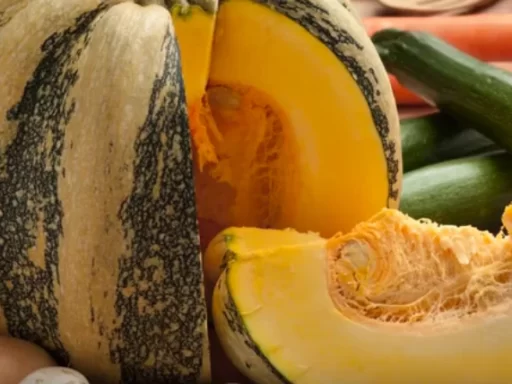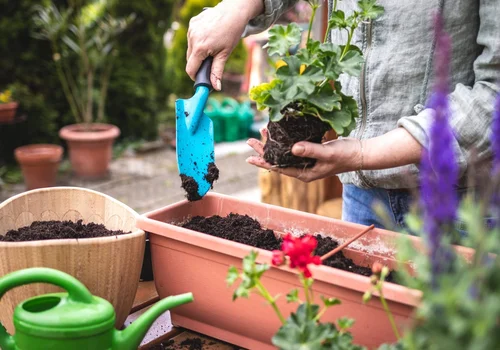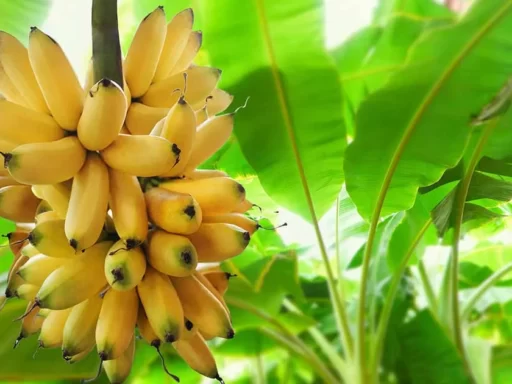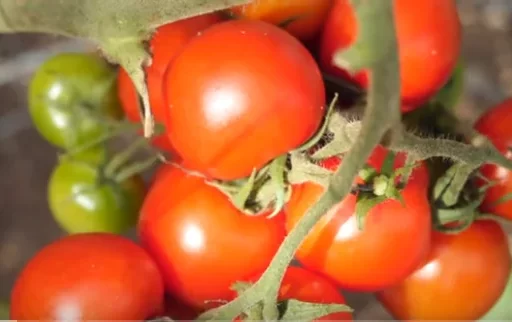Choosing your favorite vegetables to grow can be like trying to pick your favorite song or child—it’s tough but not impossible! After years of gardening experience, I’ve finally narrowed down my top five crops. These vegetables offer excellent yield, ease of growth, and unbeatable flavors, ensuring you get the most out of your garden.
1. Beans: A Versatile Powerhouse
Beans are a fantastic choice for any garden due to their adaptability across seasons. Whether you prefer winter-hardy varieties like fava or broad beans, or summer-loving types such as green beans, these legumes will keep your garden productive almost year-round.
- Winter Beans: Broad beans can tolerate cold temperatures, making them a great winter crop. Despite potential pest problems like aphids or rust, these resilient plants still manage to provide a decent yield.
- Summer Beans: As spring arrives, switch to planting green beans. These can be climbing beans that require support structures or bush beans that thrive in small spaces. Keep them well-watered, and you’ll be rewarded with a bountiful crop. Consistent watering is key, especially when pods are forming. If the pods start falling off, it’s a sign that the plants need more moisture.
- Planting Tips: Sow climbing beans directly in the ground or in pots. Make sure they have enough support to climb. For bush beans, which need little to no support, plant them in midsummer to fill in gaps left by early harvests such as carrots or lettuce. Keep picking beans regularly to encourage continuous production.
Beans are a low-maintenance crop that fits perfectly into any garden, offering fast growth and consistent results.
2. Potatoes: A Garden Staple
Potatoes are an iconic crop for many gardeners, known for their ease of growth and versatility in the kitchen. While they may not be my top pick, they certainly earn their spot in the top five.
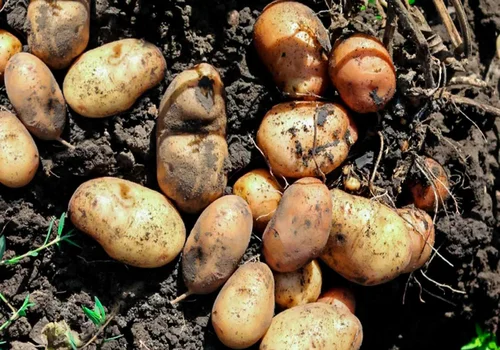
- Spring Planting: Start your potatoes early in the spring. Sprout seed potatoes indoors, then plant them in fertile soil as soon as the weather permits. Salad potatoes, the first of the season, are especially delicious when served with butter and pepper.
- Growth Tips: Protect your young potato plants from late frosts, which can damage their shoots and delay growth. Ensure the soil is rich, and keep the plants well-watered, focusing water at the base to avoid encouraging potato blight.
- Storing Potatoes: Harvest your potatoes on a dry day to allow them to dry out before storage. You can grow potatoes in the ground or in large containers, which are convenient for moving around and controlling soil quality. By staggering your planting dates, you can enjoy fresh potatoes over a longer period.
Potatoes may be cheap at the store, but their homegrown flavor is unbeatable, making them a worthwhile addition to your garden.
3. Onions: A Culinary Essential
Onions are one of the most frequently used ingredients in cooking, and they’re surprisingly easy to grow. They also store well, making them a valuable crop for any home gardener.
- Growing Methods: You can grow onions in two ways: from sets (small onion bulbs) or from multi-sown plugs (clusters of onion seedlings). Both methods have their advantages. Sets are easy and reliable, while multi-sown plugs save time by planting several onions at once.
- Planting and Care: Plant onion sets in the fall or early spring for a quick-growing crop. If using plugs, plant them in clusters, spacing each cluster about 25–30 cm apart. Keep onions well-watered as they mature to encourage larger bulbs. Once ready, onions can be dried and stored for several months.
- Benefits: Onions resist pests like slugs, making them a low-maintenance crop. They also add tremendous flavor to almost any dish, earning them a place in my top five.
4. Chard: A Leafy Green Powerhouse
If you love leafy greens, then chard should be a staple in your garden. It offers beautiful, colorful stems and leaves, and it’s incredibly hardy, providing a steady harvest for months.
- Sowing Tips: Chard thrives when planted in late spring or early summer. Sow the seeds into plugs, as each seed capsule may contain more than one seed. You can either grow the seedlings together or separate them.
- Planting and Harvesting: Plant chard in well-drained soil and space them about 30 cm apart. Chard is a resilient crop, handling cool weather and even light frosts. Protect the plants in extremely cold weather by covering them, allowing them to continue producing even during the colder months.
- Benefits: Chard provides a continuous harvest, even surviving through winter in some climates. It’s not only nutritious but also visually stunning, adding vibrant colors to your garden.
5. Zucchini (Courgette): The Prolific Producer
Taking the top spot on my list is zucchini. This vegetable is incredibly easy to grow and produces a large number of fruits in a short amount of time. Once you plant zucchini, it’s almost impossible to keep up with the harvest!
- Planting and Growing: Zucchini can be sown at almost any time during the growing season, making it a versatile crop. Plant the seeds on their sides in pots, and once the roots fill the container, transplant them into rich, compost-enriched soil.
- Harvesting: Zucchini fruits can be harvested while they’re still small. Picking them early encourages the plants to keep producing. Growing a mix of varieties, such as ribbed and yellow zucchinis, adds diversity to your garden and your plate.
- Versatility in the Kitchen: Zucchini can be used in a wide variety of dishes. The flowers can even be stuffed for an extra-special treat. Keep the plants well-watered, and they’ll continue producing all season long.
Zucchini’s sheer productivity and ease of care make it my all-time favorite vegetable to grow.
Frequently Asked Questions
- What is the best time to plant beans?
- Plant beans in the spring after the last frost for summer crops, or in late summer for fall harvests.
- How do I prevent potato blight?
- Water your potatoes at the base and avoid wetting the leaves to reduce the risk of blight.
- Can onions be grown in containers?
- Yes, onions can be grown in containers as long as they have enough space to grow their bulbs.
- What is the easiest vegetable to grow for beginners?
- Zucchini is one of the easiest vegetables for beginners due to its rapid growth and minimal maintenance.
- How long can chard be harvested?
- Chard can be harvested for several months, even into winter with proper protection.
- When should I plant potatoes for a long harvest?
- Stagger your potato planting throughout the season to enjoy a continuous harvest.
- Can zucchini be grown in small gardens?
- Yes, zucchini can be grown in small spaces, especially when grown vertically on a trellis.

